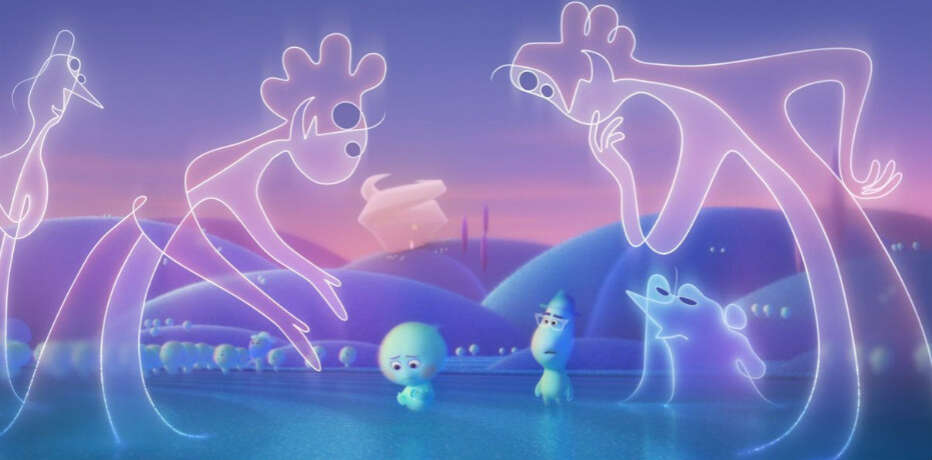As we said on “Cinema according to “The Frontiers” we consider cinema because we can leave our static way to consider reality. The philophical tradition has always tried to face our limits of perception (Shall Achille overcome the turtle? How platonic ideas are immutable? and so on…)
Moreover the progress of science show us a dynamic reality in which traditional “substances” and staticity are are not more useful to understand the essence of things. We are always here, triyng to manage with limits of our perception and awareness, and hoping to understand more about our place in the universe. This is why the title “The Frontiers” seems the most suitable to express what we are talking about.
Firstly we have to clarify what we mean with “image”. We consider it as it is: an “organization of perception” (Gestalt as phenomenologists like to call). It can be also a sound, or a smell.
When we are awake we think in terms of “staticity” because we need it to survive but the real nature of “perception” is a continuos movement. This is why when we dream there is more “perception” than we are used to think: everything is without logic because external perception are confused with internal “past perceptions”. This happens because each “present perception” never ends. It is what Leibniz (before Freud) called unconscious considering our perception of waterfall or seaside in which each wave is perceived only unconscoiusly. This is also why psycoanalysis plays with language and his connection with this contradicting and confused world. And why for a psycoanalist is more important the “signifiant” than “significance”, because “signifiant” indicate to us the direction of our psyche.
A contradictory dreamlike image is a photo of this “becoming” and this is why it can give us more information about our self than anything else.
Photo: a scene taken by “Soul”, film animation by Disney Pixar


